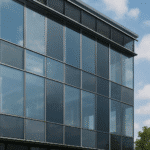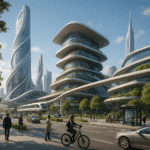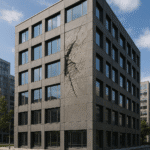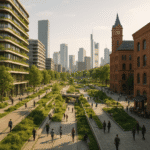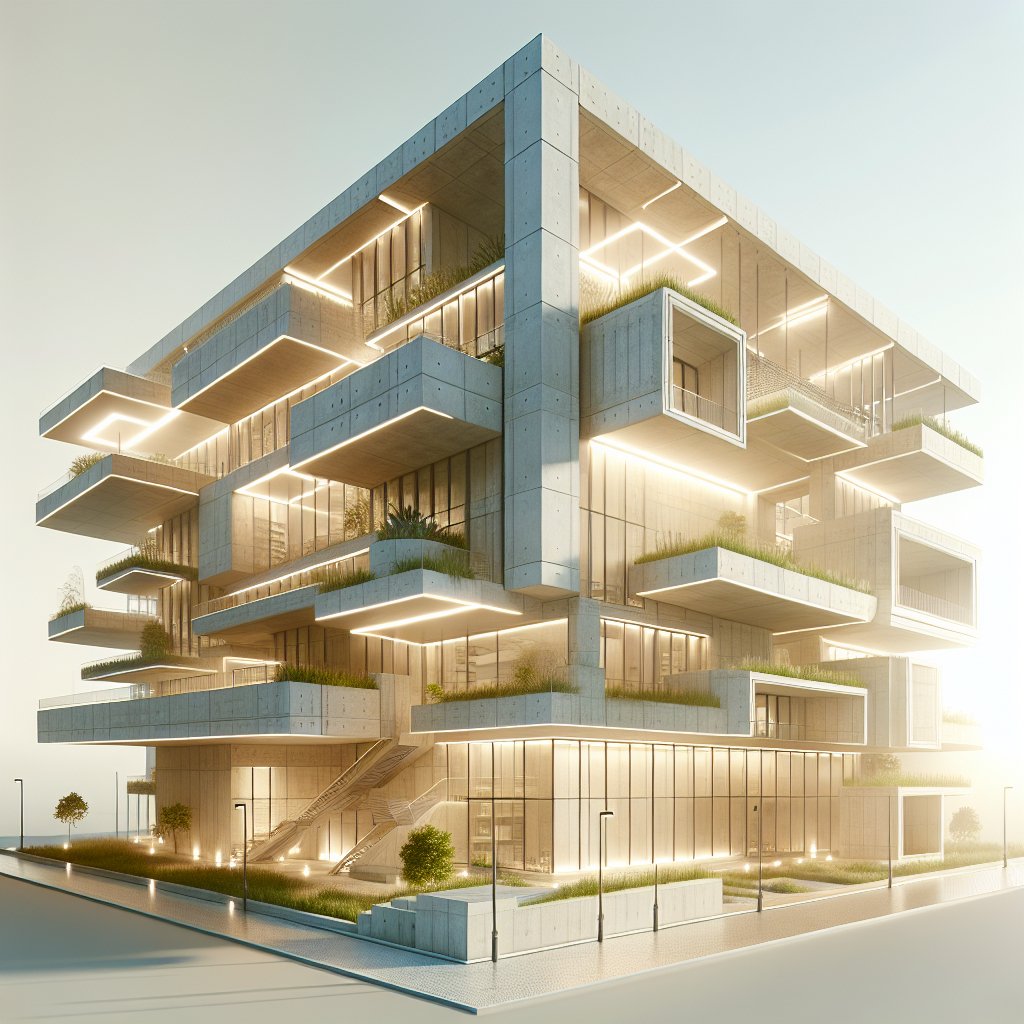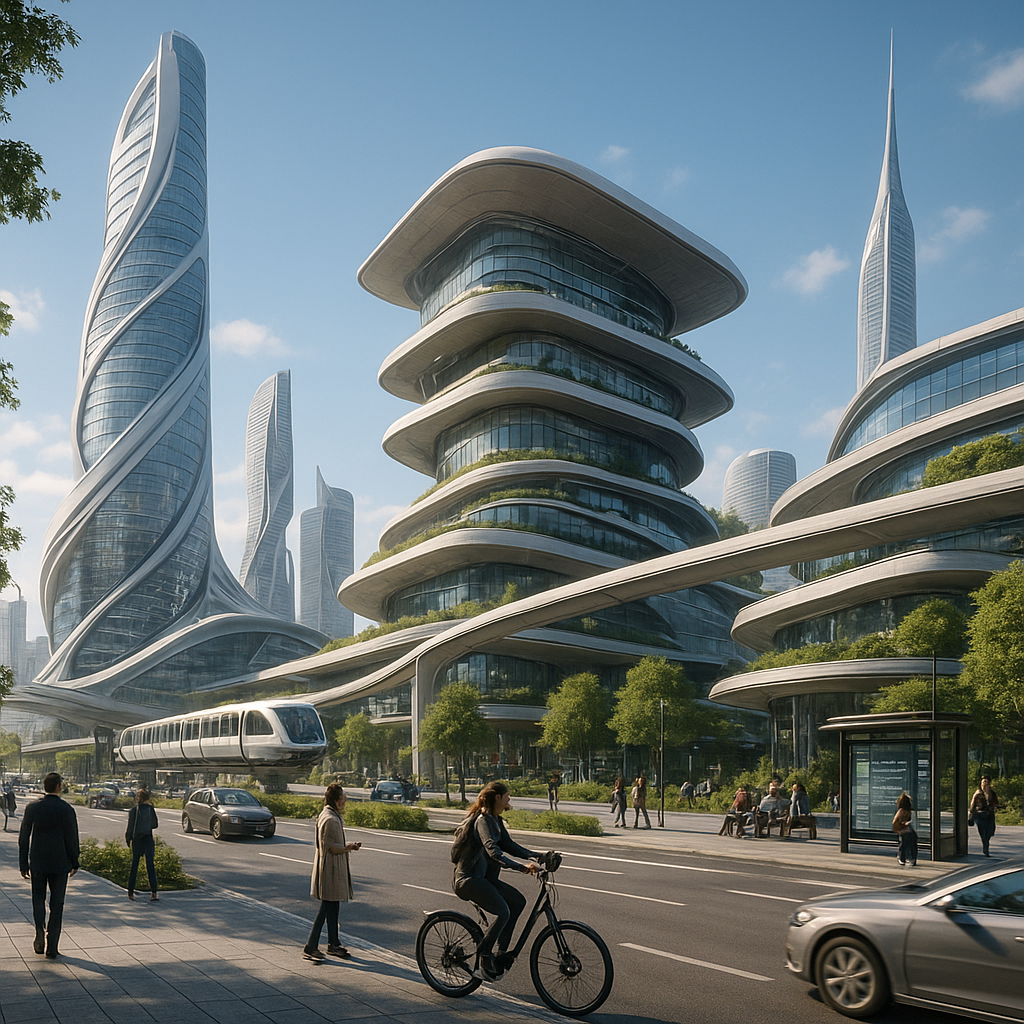As the world grapples with the challenges of climate change and resource depletion, architects and builders are increasingly turning to sustainable materials to create the structures of the future. One such material that is gaining attention for its eco-friendly properties and versatility is hemp. This article explores the potential of building with hemp as a cornerstone of futuristic architecture, examining its benefits, applications, and the innovative designs it inspires.
The Rise of Hemp in Architecture
Hemp, a variety of the Cannabis sativa plant, has been cultivated for thousands of years for its fibers and seeds. However, its use in construction is a relatively recent development, driven by the need for sustainable building materials. Hemp is a fast-growing plant that requires minimal pesticides and fertilizers, making it an environmentally friendly crop. Its fibers can be processed into a variety of products, including hempcrete, a bio-composite material that is gaining popularity in the construction industry.
Hempcrete is made by mixing the woody core of the hemp plant, known as the shiv, with a lime-based binder. The result is a lightweight, insulating material that is both strong and durable. Unlike traditional concrete, hempcrete is carbon-negative, meaning it absorbs more carbon dioxide during its lifecycle than it emits. This property makes it an attractive option for architects and builders looking to reduce the carbon footprint of their projects.
In addition to its environmental benefits, hempcrete offers several practical advantages. It is highly breathable, allowing moisture to pass through the walls and reducing the risk of mold and mildew. It also provides excellent thermal and acoustic insulation, creating comfortable and quiet indoor environments. These properties make hempcrete an ideal material for a wide range of applications, from residential homes to commercial buildings.
Innovative Designs with Hemp
The use of hemp in architecture is not limited to hempcrete. Designers and architects are exploring a variety of innovative applications for this versatile material, pushing the boundaries of what is possible in sustainable construction. One such application is the use of hemp fibers in composite panels and cladding systems. These panels can be used to create striking facades that are both aesthetically pleasing and environmentally friendly.
Another exciting development is the use of hemp in 3D printing. Researchers are experimenting with hemp-based filaments that can be used in 3D printers to create complex architectural elements. This technology has the potential to revolutionize the construction industry by allowing for the rapid and cost-effective production of custom building components. The use of hemp in 3D printing also opens up new possibilities for creating organic, nature-inspired designs that blend seamlessly with their surroundings.
Hemp is also being used in the development of smart building materials. By incorporating sensors and other technologies into hemp-based products, architects can create buildings that respond to their environment in real-time. For example, hemp panels with embedded sensors could adjust their thermal properties based on the outside temperature, improving energy efficiency and occupant comfort.
Challenges and Future Prospects
Despite its many advantages, the use of hemp in construction is not without challenges. One of the main obstacles is the regulatory environment, as hemp is still subject to strict controls in many countries due to its association with cannabis. This can make it difficult for builders to source hemp materials and obtain the necessary permits for construction projects.
Another challenge is the lack of standardized building codes and guidelines for hemp-based materials. This can create uncertainty for architects and builders, who may be hesitant to adopt new materials without clear guidelines on their performance and safety. However, as the demand for sustainable building materials grows, it is likely that these challenges will be addressed through research, advocacy, and policy changes.
Looking to the future, the potential for hemp in architecture is vast. As more architects and builders embrace this eco-friendly material, we can expect to see a growing number of innovative and sustainable designs that push the boundaries of what is possible in construction. From energy-efficient homes to smart buildings that adapt to their environment, hemp has the potential to play a key role in shaping the architecture of the future.
In conclusion, building with hemp offers a promising path towards a more sustainable and resilient built environment. By harnessing the unique properties of this versatile material, architects and builders can create structures that are not only environmentally friendly but also beautiful and functional. As the world continues to face the challenges of climate change and resource scarcity, the use of hemp in architecture represents a forward-thinking approach to building a better future.
